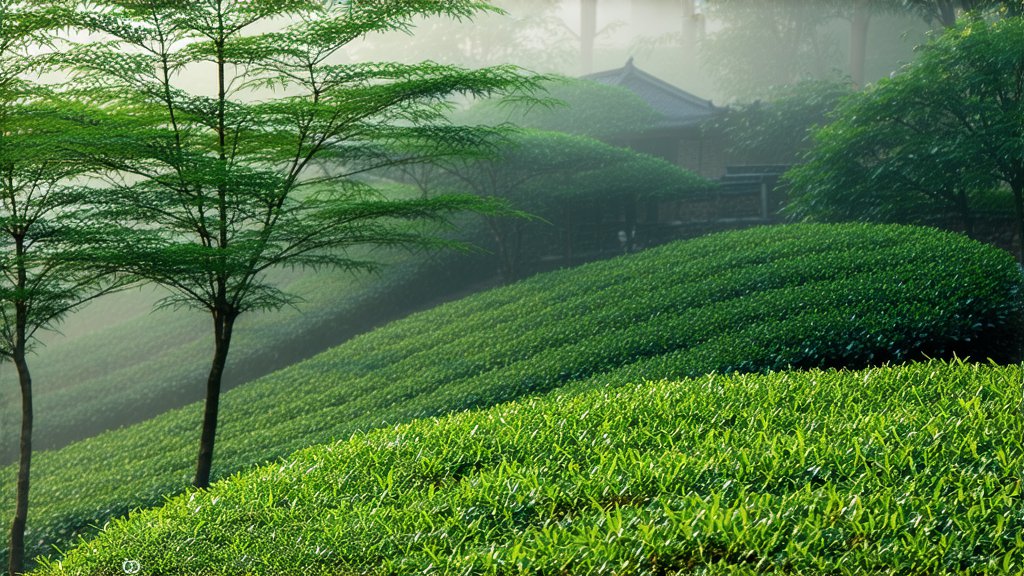
Keemun black tea, also known as Qimen red tea, is a distinguished variety of Chinese black tea hailing from Qimen County in Anhui Province. This tea is revered for its rich history, unique flavor profile, and meticulous production process that has remained largely unchanged for centuries. In this article, we will delve into the historical background, varieties, production techniques, and the art of appreciating Keemun black tea.
Historical Background
The origins of Keemun black tea date back to the Tang Dynasty (618-907 AD), making it one of the oldest teas in China. It gained significant prominence during the Qing Dynasty (1644-1912) when it became a favorite among the imperial court and was often enjoyed by Chinese emperors. Its popularity spread internationally in the mid-19th century when it was introduced to Western markets through trade routes, earning it a place among the world's most celebrated teas.
Varieties of Keemun Black Tea
Keemun black tea is available in several varieties, each offering a unique taste experience while maintaining the characteristic qualities of this esteemed tea. The most notable varieties include:
-
Keemun Hao Ya A (Monkey King): Named after the legendary Monkey King from Chinese folklore, this variety is made from young tea buds and features a delicate aroma with hints of orchid and a smooth, sweet flavor.
-
Keemun Hao Ya B (Monkey Queen): Often referred to as the "Queen" due to its slightly more robust flavor compared to Hao Ya A, this variety is also made from young tea buds but offers a fuller body and a more pronounced floral note.
-
Keemun Mao Feng: This variety emphasizes the natural fragrance and freshness of the tea leaves. It is characterized by its tight, twisted leaves and a bright, clear liquor.
-
Keemun Xian Rou Minnan (Fairy Tips): Made from the finest young buds, this variety is highly prized for its exceptional delicacy and refined taste.
Production Techniques
The production of Keemun black tea involves several intricate steps that contribute to its distinctive quality:
-
Withering: Freshly harvested tea leaves are spread out in a well-ventilated area to wilt. This process reduces moisture content and prepares the leaves for rolling.
-
Rolling: The wilted leaves are then rolled using traditional methods to break down cell walls, allowing enzymes to interact with oxygen and initiate oxidation.
-
Oxidation: The rolled leaves are spread out and left to oxidize. This critical step develops the tea’s color, flavor, and aroma. The duration of oxidation can vary depending on the desired flavor profile.
-
Firing: After oxidation, the leaves are fired to halt enzymatic activity and reduce moisture content further. This step also enhances the tea’s aroma and fixes its final characteristics.
-
Sorting and Grading: The finished tea is sorted and graded based on leaf size, shape, and quality. Higher grades typically consist of smaller, more tender leaves.
-
Packaging: Finally, the tea is packaged carefully to preserve its freshness and protect it from contaminants.
The Art of Appreciating Keemun Black Tea
Appreciating Keemun black tea is an art form that involves all the senses. Here’s a guide to savoring this exquisite tea:
-
Preparation: Use freshly drawn cold water and heat it to just below boiling (around 90-95°C or 195-205°F). Warm your teapot and cups with hot water to maintain the tea’s temperature.
-
Measurement: For a standard cup of tea, use approximately 3 grams of loose leaf tea per 150 ml of water. Adjust according to personal preference.
-
Infusion: Place the tea leaves in the pot and pour the hot water over them. Steep for about 3-5 minutes, depending on the strength and flavor you desire.
-
Observation: Observe the tea’s color and clarity. Keemun black tea typically yields a bright amber liquor with a fragrant aroma.
-
Sip and Savor: Take small sips to appreciate the tea’s smooth texture and complex flavors. Notice the interplay of floral, fruity, and sometimes woody notes, along with a lingering sweetness.
-
Re-steeping: High-quality Keemun black tea can be re-steeped multiple times. Each infusion will reveal different aspects of its flavor profile, adding depth to the tasting experience.
Conclusion
Keemun black tea is more than just a beverage; it is a testament to China's rich tea culture and centuries-old traditions. From its storied history to its meticulous production process and nuanced flavors, Keemun black tea offers an unparalleled experience for tea enthusiasts around the world. Whether you are a seasoned connoisseur or a curious newcomer, savoring this tea is an invitation to explore the depths of Chinese tea heritage.